On Phan Dinh Phung Street in Hanoi, which is covered with green trees, there is a majestic and quiet ancient architectural work, bearing the marks of time. That is Bac Mon - the northern gate of Hanoi Citadel. The capital has changed a lot, the old citadel is only in memory, but the presence of Bac Mon - the only remaining gate has become a symbol of a part of the history of Thang Long - Hanoi, with its everlasting cultural and historical values.
Thang Long, a thousand years of war and ups and downs
In 1010, the founder Ly Cong Uan issued an edict to move the capital from Hoa Lu (Ninh Binh) to Dai La and named the new capital Thang Long - a beautiful name expressing many aspirations. Thang Long Citadel was built on the basis of the old Dai La Citadel, bordering West Lake and To Lich River to the north and west, and opening to the Red River to the east. During the Tran and post-Le dynasties, Thang Long Citadel basically continued to develop on the basis of the old citadel but changed many architectural items in the Imperial Citadel. During the Tay Son and Nguyen dynasties, the capital was moved to Phu Xuan (Hue), and Thang Long Citadel began a period of unrest.
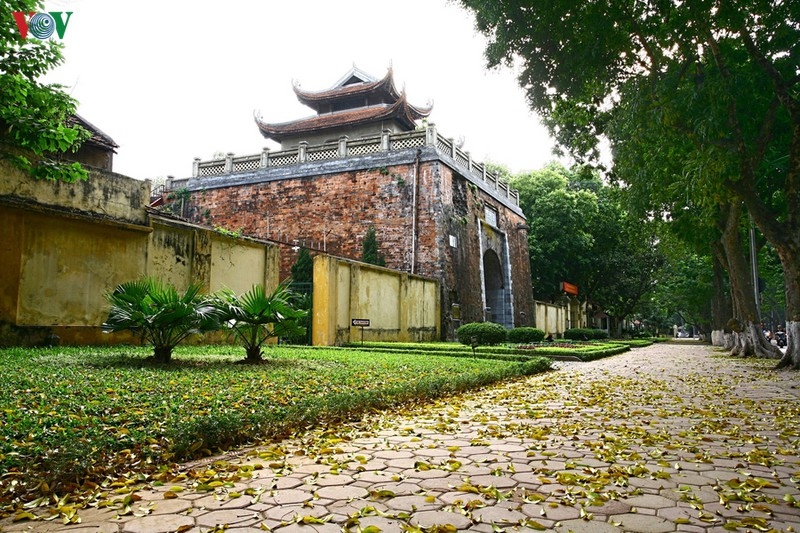
The North Gate of Hanoi Citadel is now located on the sidewalk of Phan Dinh Phung Street.
Since ancient times, people have circulated the saying “Thang Long is not a battlefield”, meaning that Thang Long is not a land of war. But in reality, Thang Long Citadel has gone through many ups and downs, and was a fierce battlefield of both civil and foreign wars. From the 13th to the 19th century, Thang Long went through many wars, and the citadel was greatly destroyed.
In 1805, because Thang Long was no longer the capital, King Gia Long issued an edict to destroy the Thang Long Imperial Citadel and build a new citadel following the architecture of the Vauban citadel - a contemporary Western military citadel. The new citadel was named Bac Thanh, and was much smaller in scale than Thang Long citadel. In 1831, the second king of the Nguyen Dynasty, Minh Mang, changed the name of Thang Long to Ha Noi province. The Bac Thanh was named Ha Noi citadel.
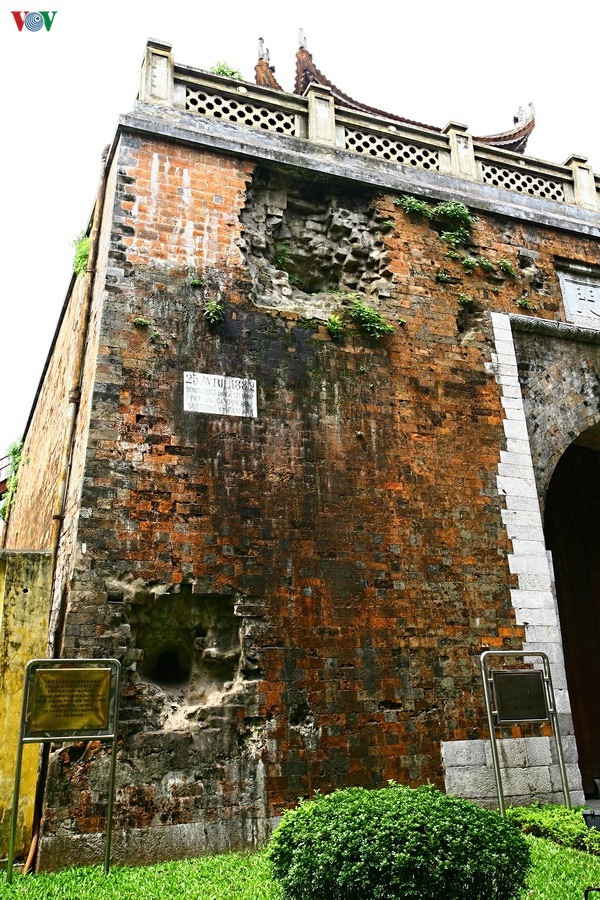
Two cannonball marks from French troops fired from warships on the Red River into the citadel gate during the battle to capture Hanoi on April 25, 1882.
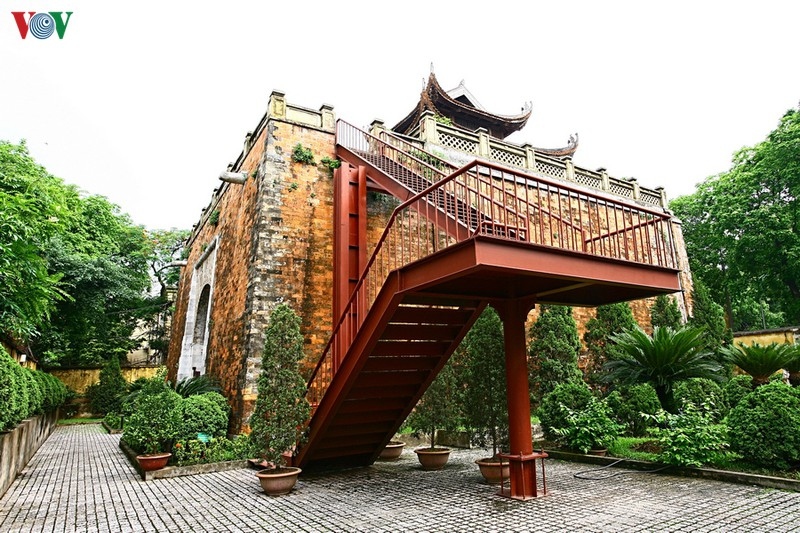
Next to the gate, where it connects to the wall. All the walls and entrances have been destroyed. A steel staircase has been built to access the gate.
Although Hanoi Citadel is only the capital of the Northern Citadel, people still call it Thang Long. Also because of the intersection and overlap of architecture and cultural layers, later the name "Hanoi Citadel" was understood as Thang Long Citadel under the Ly - Tran - Le dynasties and Hanoi Citadel under the Nguyen dynasty.
heroic vestige
In 1873, the French army captured Hanoi for the first time. The Governor of Cochinchina sent Captain Francis Garnier to bring elite troops to Hanoi. Garnier made many demands but was not met by Hanoi Governor Nguyen Tri Phuong. On the night of November 19 to 20, 1873, the French army suddenly attacked Hanoi. Governor Nguyen Tri Phuong was captured. His son - the son-in-law Nguyen Lam was killed by artillery fire, and Hanoi fell. Maintaining his heroic spirit and loyalty to the country, Governor Nguyen Tri Phuong went on a hunger strike and died on December 20, 1873.
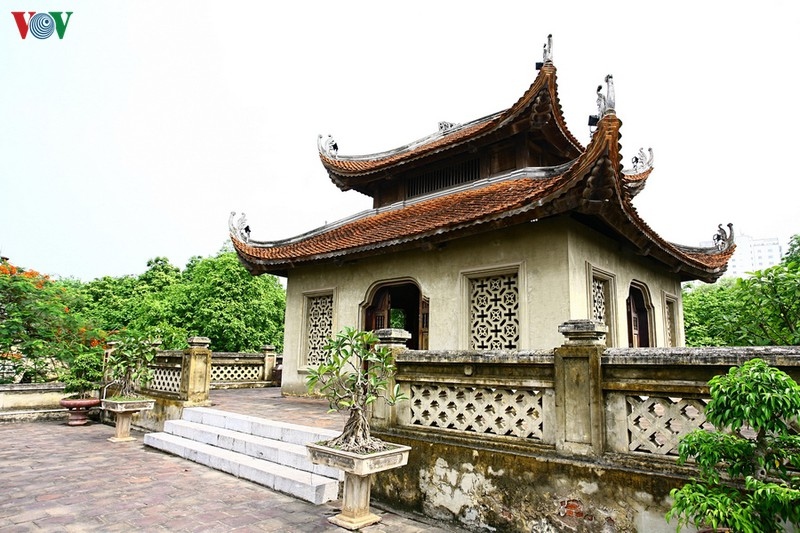
The “watchtower” in the form of a pavilion was reconstructed on the front of the citadel gate. Here are placed the memorial tablets and statues of the two governors Nguyen Tri Phuong and Hoang Dieu - heroes who sacrificed their lives while fighting to protect Hanoi citadel.
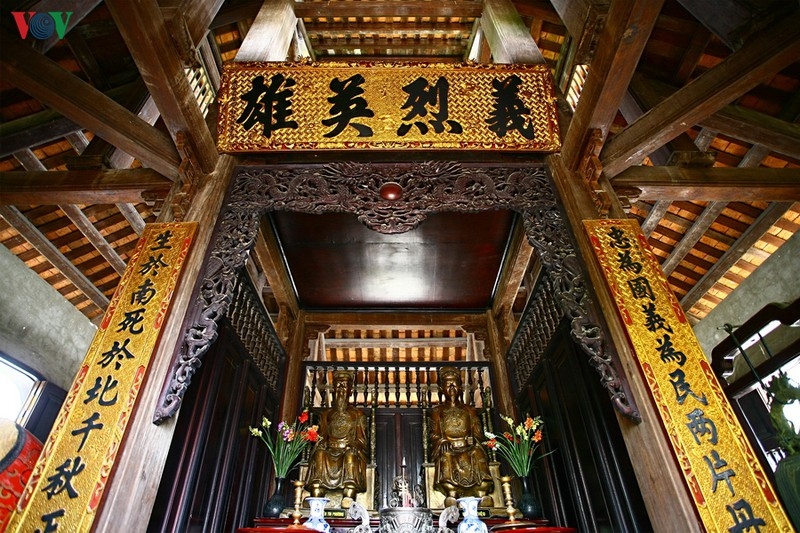
The interior of the "Watchtower", and is the shrine.
In 1882, the French army attacked Hanoi for the second time. After moving troops from Saigon to Hanoi by water, the French army was stationed at the Water Fort on the Red River. Early in the morning of April 25, 1882, Navy Colonel Henri Rivière issued an ultimatum demanding that Governor Hoang Dieu surrender the citadel and fulfill his demands, but Governor Hoang Dieu and his army were determined to defend the citadel. At exactly 8:15 a.m. on April 25, 1882, the French army began to attack, approaching Hanoi citadel. The Hanoi army and people fought bravely, forcing the French army to retreat to consolidate their forces. During the fierce fighting, the gunpowder depot in the citadel suddenly exploded. The French army took the opportunity to flood into the citadel. In that fierce situation, Governor Hoang Dieu remained calm and commanded the battle. When he realized that he could no longer defend the citadel, he ordered his generals and soldiers to disperse to avoid casualties. He then drafted a will to apologize to King Tu Duc and the court, then went to the Vo Mieu to commit suicide.
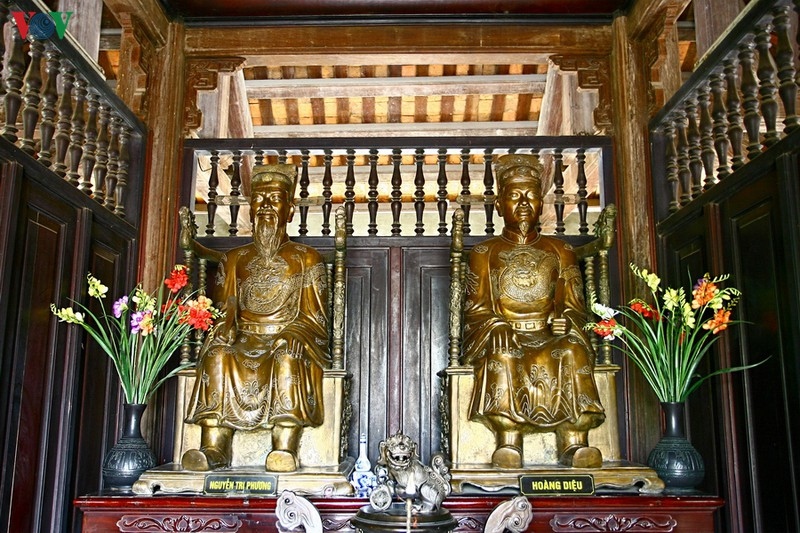
Bronze statues of Governor Nguyen Tri Phuong and Governor Hoang Dieu.
In 1888, the Nguyen Dynasty officially ceded Hanoi to France. After occupying Indochina, the French chose Hanoi as their capital and began planning to build the city in the European style. Hanoi Citadel was destroyed to get land to build offices and barracks. Most of the old architecture was destroyed. In particular, the North Gate, in addition to being an observation point to the north, was also kept by the French as a war relic to show off their military power. However, the North Gate was also destroyed and deformed a lot. This place became a heroic historical relic, a ruin full of painful traces...
After the liberation of the capital in 1954, the French withdrew from Hanoi. The Hanoi Citadel, including the North Gate, became the headquarters of the Vietnam People's Army and a number of other important agencies of the Party and State. Nearly half a century later, on the occasion of the 990th anniversary of Thang Long - Hanoi, after many efforts by cultural management agencies, historical researchers, and conservation experts, the North Gate area and the few remaining items in the citadel such as the Kinh Thien Palace, Doan Mon, Hau Lau... were restored and embellished. The North Gate and other ancient architectural works have a worthy position in the relic complex as well as the thousand-year history of Thang Long - Hanoi.
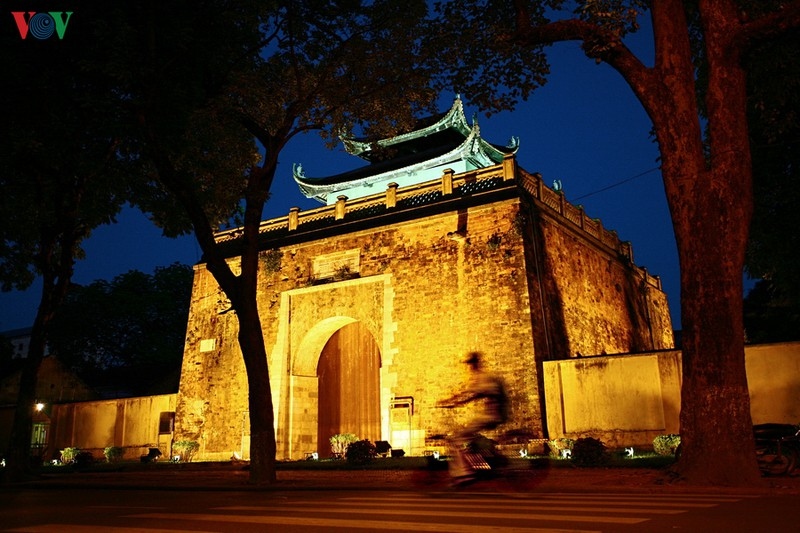
The North Gate of Hanoi Citadel, the last and only remaining gate, is a testament to heroic historical imprints.
In memory of the merits of Governor Nguyen Tri Phuong and Governor Hoang Dieu - two heroes from the South who sacrificed their lives in the North during the battle to defend Hanoi, in 2003, the People's Committee of Hanoi, the People's Committee of Thua Thien - Hue Province (Governor Nguyen Tri Phuong's hometown), the People's Committee of Quang Nam Province (Governor Hoang Dieu's hometown) and the Vietnam Historical Science Association cast statues of the two men and held an installation ceremony, worshiping them at the Watchtower on the North Gate. The bronze statues of Governor Nguyen Tri Phuong and Governor Hoang Dieu are placed facing South, on which is a horizontal plaque with four words: "Heroic martyrs", on both sides are parallel sentences composed by cultural scholar - Professor Vu Khieu.
The North Gate - a typical image of Thang Long citadel and Hanoi citadel is the most precious relic of the capital. This is not only an architectural relic with a long history but also a hyphen of cultural layers through dynasties, a mark of historical ups and downs. This is not only a tangible architectural heritage but also contains intangible values that have lasted through the years, is a testament to the heroic war against foreign invaders of Hanoi people, is a typical monument to the brave spirit and indomitable will of the Vietnamese people./.
Source: https://vov.vn/di-san/bac-mon-dau-tich-lich-su-bi-hung-1040819.vov



![[Photo] Buddha's Birthday 2025: Honoring the message of love, wisdom, and tolerance](https://vphoto.vietnam.vn/thumb/1200x675/vietnam/resource/IMAGE/2025/5/12/8cd2a70beb264374b41fc5d36add6c3d)
![[Photo] Prime Minister Pham Minh Chinh starts construction of vital highway through Thai Binh and Nam Dinh](https://vphoto.vietnam.vn/thumb/1200x675/vietnam/resource/IMAGE/2025/5/12/52d98584ccea4c8dbf7c7f7484433af5)
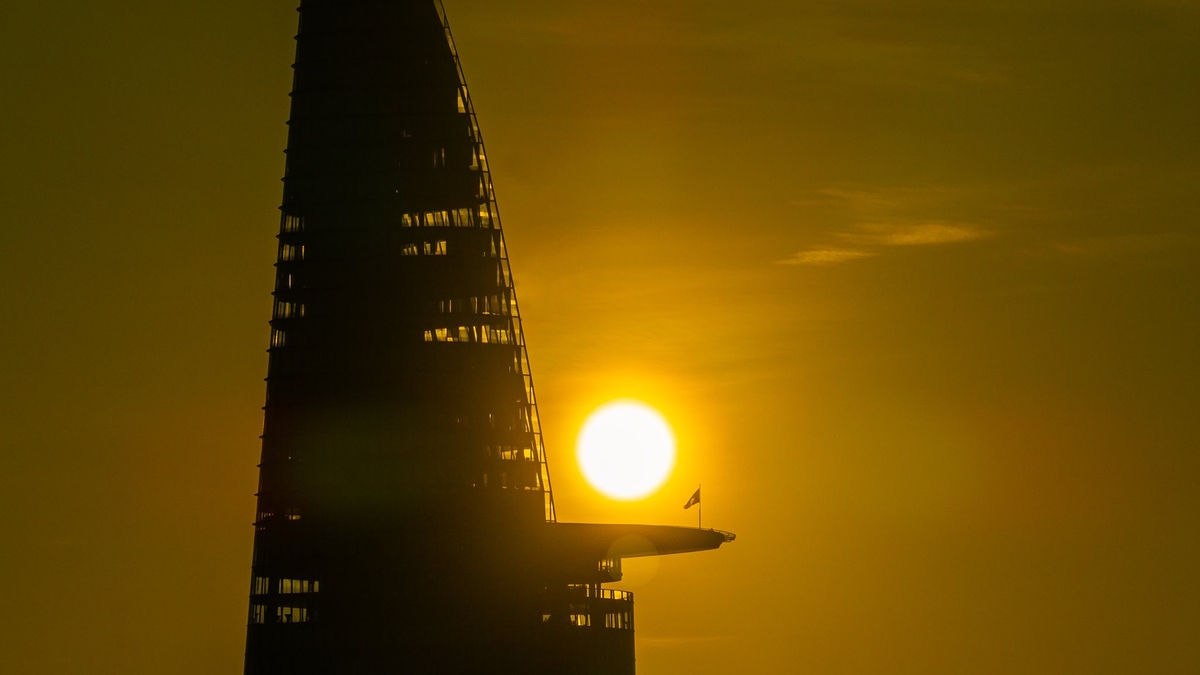






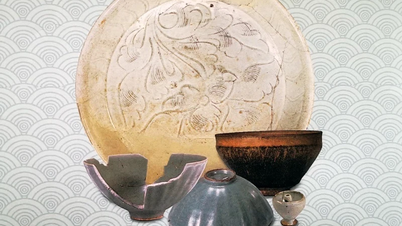

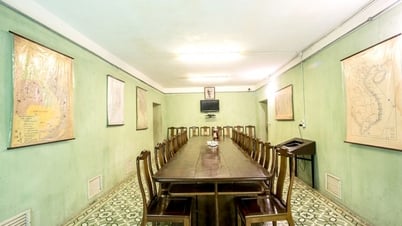


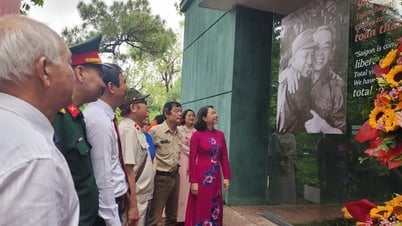


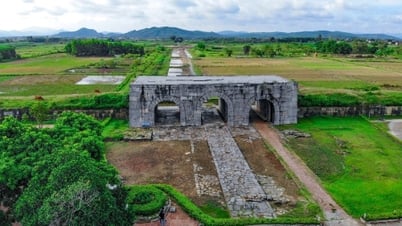
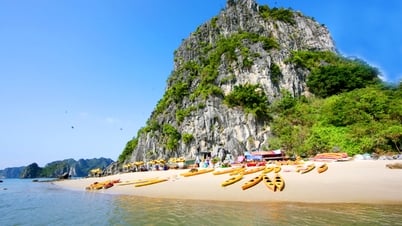
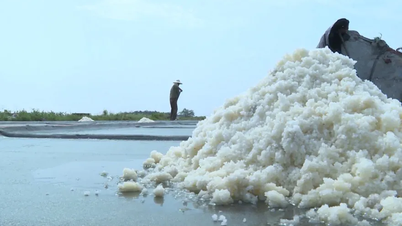






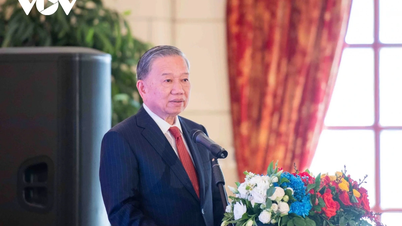
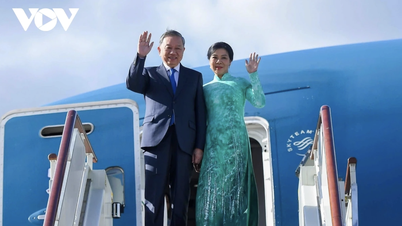

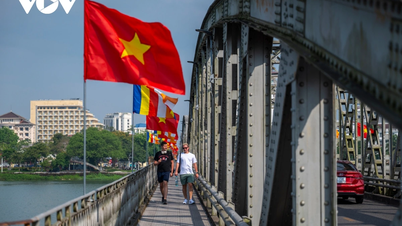

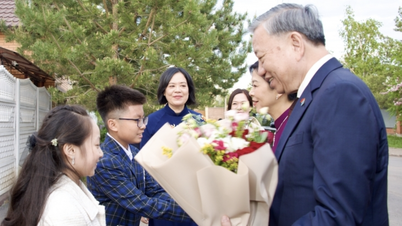
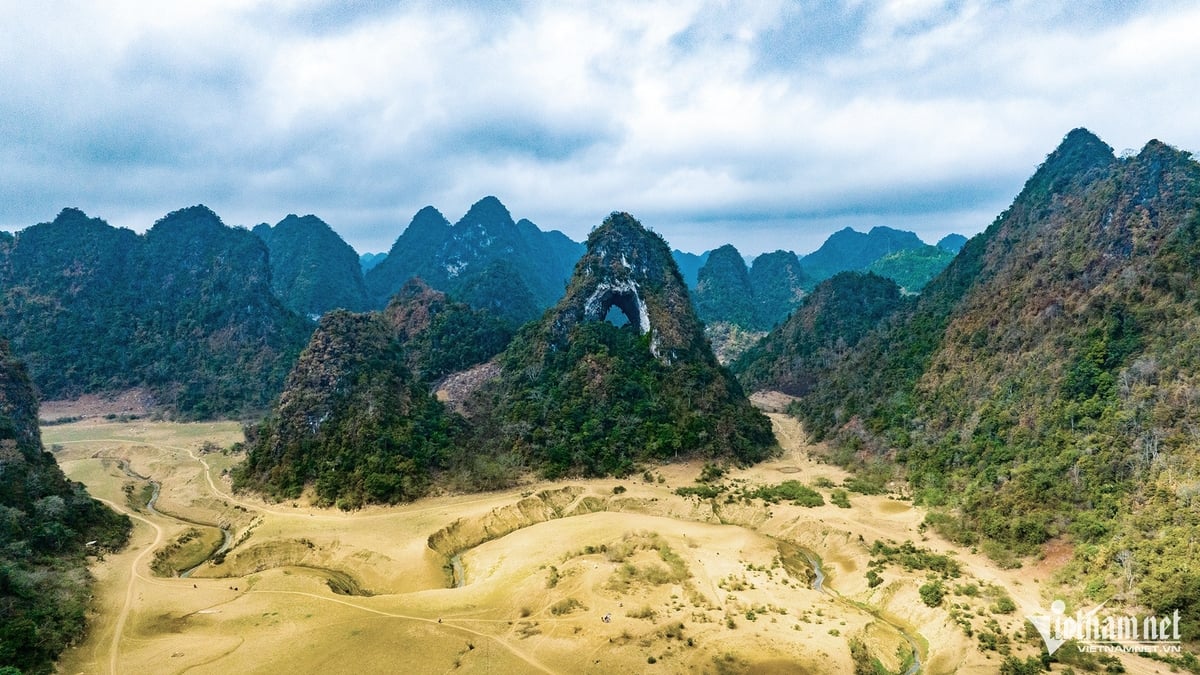









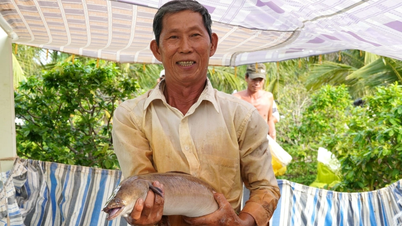

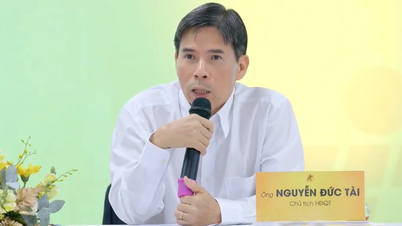





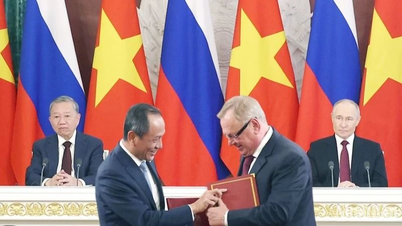


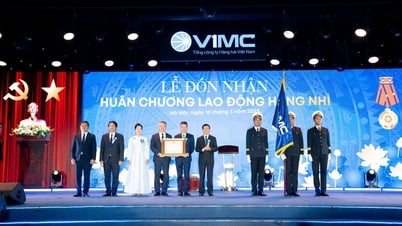
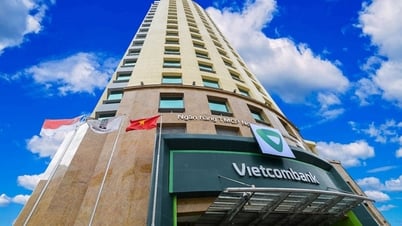



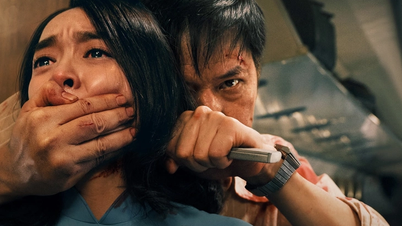

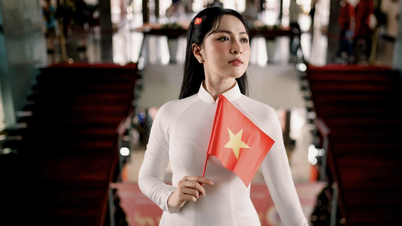


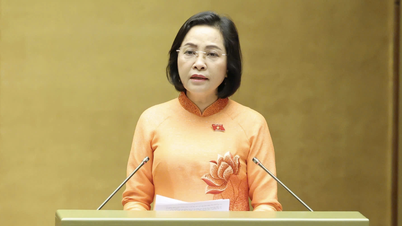
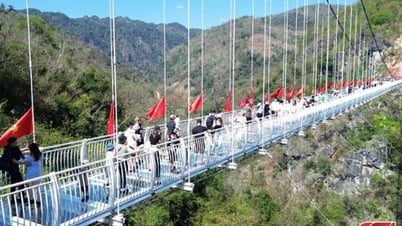


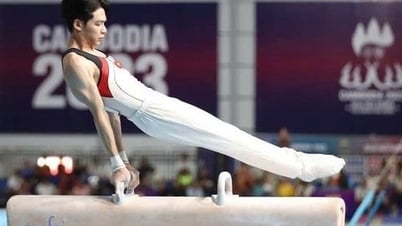


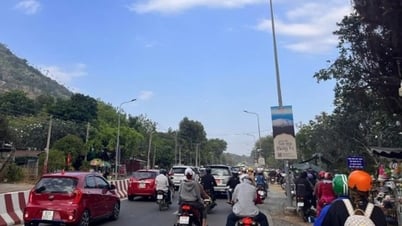




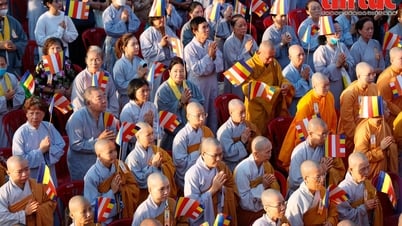

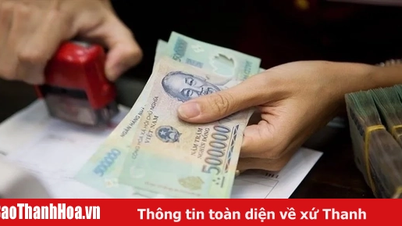

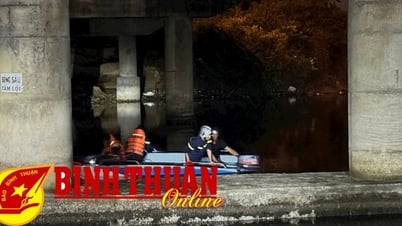
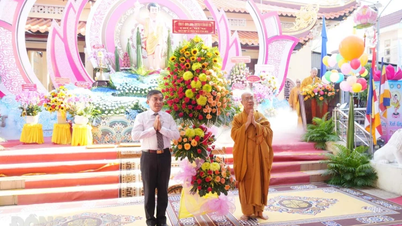










Comment (0)